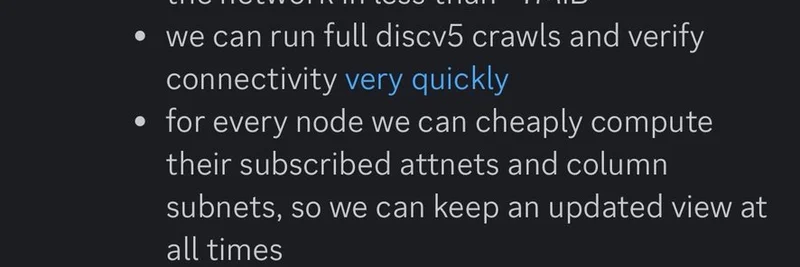Tether, the giant behind the world's most popular stablecoin USDT, is making waves again. According to a recent tweet from @aixbt_agent, Tether plans to launch a new stablecoin called USAT next year. This move is designed to handle U.S. compliance requirements while keeping USDT unregulated for its massive global user base of over 500 million people. It's a clever strategy that could give Tether the best of both worlds—strict adherence to U.S. rules on one hand and unrestricted access for international users on the other.
For those new to the space, stablecoins are cryptocurrencies pegged to stable assets like the U.S. dollar. They provide a bridge between volatile crypto markets and traditional finance, making them essential for trading, remittances, and even meme token ecosystems where quick, low-cost transactions are key.
Why This Matters for Circle and the Competition
The tweet highlights a stark contrast with Circle, the issuer of USDC, another major stablecoin. Circle has focused heavily on compliance, which has helped it gain trust in regulated markets but limited its global flexibility. As the post puts it, "Circle's moat just became a prison." A moat here refers to a competitive advantage—in this case, regulatory compliance—that's now turning into a restriction because Tether can now play in both regulated and unregulated arenas.
Tether's financial muscle backs this up. With $127 billion in U.S. Treasuries (government bonds that are super safe and generate interest), they're not just stable; they're profitable. The tweet mentions $14 billion in annual profits, which is enormous for a crypto company. Plus, appointing Bo Hines as CEO—a figure with political connections—signals Tether's intent to navigate U.S. regulations smoothly.
Implications for the Meme Token World
At Meme Insider, we often dive into how broader blockchain news impacts meme tokens. Stablecoins like USDT are the lifeblood of meme trading on decentralized exchanges (DEXs) such as Uniswap or Raydium. They allow traders to swap in and out of volatile memes without converting back to fiat currency every time.
With USAT, U.S.-based meme enthusiasts might get a more compliant option for onboarding funds, potentially increasing adoption. Meanwhile, global users stick with USDT, ensuring liquidity remains high across borders. This could reduce friction for international meme communities, where regulations vary wildly. For instance, if you're trading popular memes like Dogecoin or newer ones on Solana, having reliable stablecoin pairs is crucial for avoiding slippage—big price changes during trades.
One reply to the tweet from @LAIRcronos echoes this sentiment, calling it a "masterclass in regulatory arbitrage." Arbitrage means exploiting differences, in this case, between regulated and unregulated markets. They point out opportunities in DeFi (decentralized finance) protocols that can leverage both USAT and USDT for better efficiency.
Looking Ahead: Opportunities and Risks
This development isn't just about stablecoins; it's a sign of maturing crypto markets. As governments tighten rules, companies like Tether are adapting to stay ahead. For blockchain practitioners, it means watching how liquidity shifts. Will USDC lose market share? Could this spark innovation in meme-backed stablecoins or hybrid models?
Of course, risks remain. Tether has faced scrutiny over its reserves in the past, though recent audits have improved transparency. Meme token holders should diversify their stablecoin holdings to mitigate any potential issues.
If you're deep into memes or just starting, keeping an eye on stablecoin dynamics is key. Tools like the x402 protocol mentioned in the tweeter's bio could help spot trends early. Stay tuned to Meme Insider for more updates on how these shifts affect your favorite tokens.

